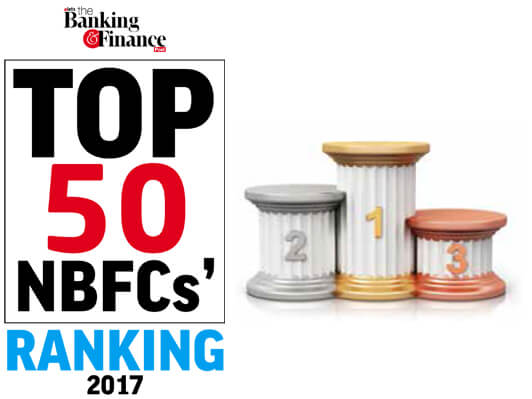In 2024, the Reserve Bank of India’s Financial Stability Report highlighted a concerning trend: defaults on personal loans are highest in the education segment at 3.6%, while housing loans show the lowest default rate at 1.1%. The rise in delinquencies, particularly in small-ticket loans under Rs. 10,000, which saw a 44% increase from December 2023 to June 2024, reflects a broader issue in the lending industry: traditional practices often overlook a borrower’s full real estate assets, creating gaps in risk assessment. As lending practices evolve, one promising solution is “holistic property profiling,” which provides a complete view of a borrower’s real estate holdings, reducing risk and improving loan management.
A Complete Property Profile: The Missing Link
Currently, lenders often rely on limited or outdated property information to assess borrowers. These incomplete profiles can result in significant gaps in understanding the true worth of a borrower’s assets. By adopting a complete property profiling system, banks can mitigate risk while unlocking new opportunities for business growth.
A complete property profile goes beyond basic property data; it encompasses a thorough evaluation of the borrower’s entire real estate portfolio, including the age, condition, market value, and location of the properties they own. This comprehensive view allows lenders to assess the true worth of a borrower’s assets, providing more accurate insights for better decision-making.
Multi-Pronged Benefits for Both Banks and Borrowers: –
Accelerated Business Development
A complete property profile not only strengthens risk assessment but also creates opportunities for lead generation and cross-selling. By understanding a borrower’s real estate assets, lenders can identify potential candidates for additional loans, such as second mortgages or home-equity financing. This insight deepens borrower-lender relationships while expanding the bank’s market footprint. Additionally, property profiling enables banks to cross-sell complementary financial products like insurance, investment services, and credit cards, creating a more integrated financial experience. This comprehensive approach enhances customer satisfaction, strengthens loyalty, and drives long-term profitability for banks.
Improved Risk Management and Default Recovery
The most significant advantage of this property profiling is its ability to mitigate risk. Banks with access to detailed property profiles experience lower default rates, as they can accurately assess a borrower’s asset base and structure loans accordingly. In the event of a default, having real-time updates and accurate valuations of collateral enables lenders to act swiftly, improving loan recovery and minimizing financial losses. This proactive approach strengthens a bank’s risk management framework, ensuring more secure lending and long-term stability.
Streamlined, Single-Click Property Profiling
Implementing this type of profiling does come with challenges, particularly in execution. Many banks still rely on fragmented systems to gather property-related data, which is time-consuming and prone to error. An integrated, “one-click” solution would streamline this process, allowing lenders to instantly access complete property profiles. This would reduce manual effort, accelerate loan approvals, and improve risk assessments. By leveraging technology such as AI or blockchain for real-time updates, banks can make faster, smarter lending decisions, driving growth in an increasingly competitive market.
The Road Ahead: Shaping the Future of Lending
As the lending industry evolves, the need for data-driven risk assessment will only intensify. Banks that integrate holistic property profiling can better manage risks, enhance efficiency, and accelerate growth. Advanced profiling tools help reduce defaults and speed up loan approvals, giving lenders a competitive edge in an increasingly digital market.
Looking ahead, India’s lending sector is set for significant expansion, with the digital lending market projected to grow at a CAGR of 40%, reaching Rs. 4.5–5 trillion by FY28. As AI-driven risk assessments, open banking, and technology-led credit decisions reshape the industry, holistic property profiling will play a key role in providing real-time, data-backed insights for smarter lending. By incorporating property profiling into digital platforms, banks can automate risk evaluation, offer personalized loan products, and accelerate credit approvals, propelling sector-wide growth. This “digital-first” shift will ensure smarter lending decisions, more secure loans, and stronger customer relationships, laying the foundation for a sustainable and profitable lending ecosystem.
Views Expressed By: Vishal Sharma, Cofounder & CEO, AdvaRisk
Elets The Banking and Finance Post Magazine has carved out a niche for itself in the crowded market with exclusive & unique content. Get in-depth insights on trend-setting innovations & transformation in the BFSI sector. Best offers for Print + Digital issues! Subscribe here➔ www.eletsonline.com/subscription/



















